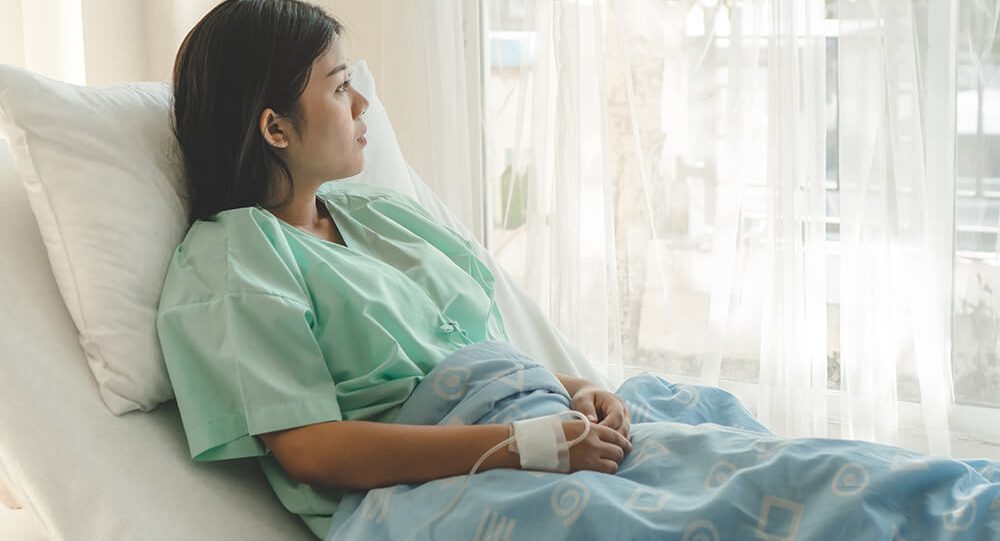AN OVERVIEW OF RECTOCELE PT 2
 Jul,28,2020
Jul,28,2020
There are certain factors which raise the chance of developing posterior vaginal prolapse in women, and some of those factors are listed below.
Genetics
Some women may have weak pelvic connective tissue by birth, and hence would be more vulnerable to Rectocele when compared to women who are born with strong pelvic connective tissues.
Childbirth
Women who have had multiple vaginal deliveries are at higher risk of developing posterior vaginal prolapsed, when compared to women who have undergone caesarean deliveries.
Age
The risk of Rectocele tends to increase with age. It is to be noted that people would lose muscle mass, nerve functioning, and elasticity as they grew older. This in turn causes stretching or weakening of body muscles, including the pelvic muscles.
Diagnosis
Posterior vaginal prolapse is usually diagnosed during regular checkups, or by means of a pelvic exam of the affected person’s rectum and vagina. Doctors may ask certain questions during the physical exams, like whether or not the vagina tends to bulge outward during bowel movements. This would let them assess the location and size of the Rectocele. Similarly, he or she may also ask the patient to deliberately tighten their pelvic muscle, in order to check the strength of the same.
Apart from this, the affected woman may have to fill out a questionnaire prepared by her doctor, which could include questions such as the severity of vaginal bulginess, how it affects her life, etc. In some rare cases, doctors may recommend tests such as MRI scans, X-rays, and defecography to patients in order to reach a better analysis of the situation.
Prevention
There are numerous ways to reduce the risk of worsening Rectocele. Some of those useful methods which every sufferer can try out, are given below.
- Perform exercises which can strengthen the pelvic floor muscles regularly
- Avoid heavy weight lifting
- Avoid weight gain
- Control coughing
- Treat and avoid constipation
Treatment
The treatment may vary for different people depending on the severity of the health condition. Two common treatment methods are observation and pessary. Through observation, doctors can find any symptoms, and if there are no heavy indicators, the health condition can be easily treated through pelvic exercises. Pessary is a ring made of either plastic or rubber. This ring would be inserted into the vagina in order to support the bulging tissues. Note that sufferers are recommended to remove the pessary regularly for cleaning.
In some cases, doctors may recommend surgery as well to their patients, especially when the vaginal bulginess is bothersome. Surgery would be required if the woman suffering from posterior vaginal prolapse suffers from the prolapse of other pelvic organs as well.
To Book an Appointment
We are standing by to assist you.

 Call Now to
Call Now to 



